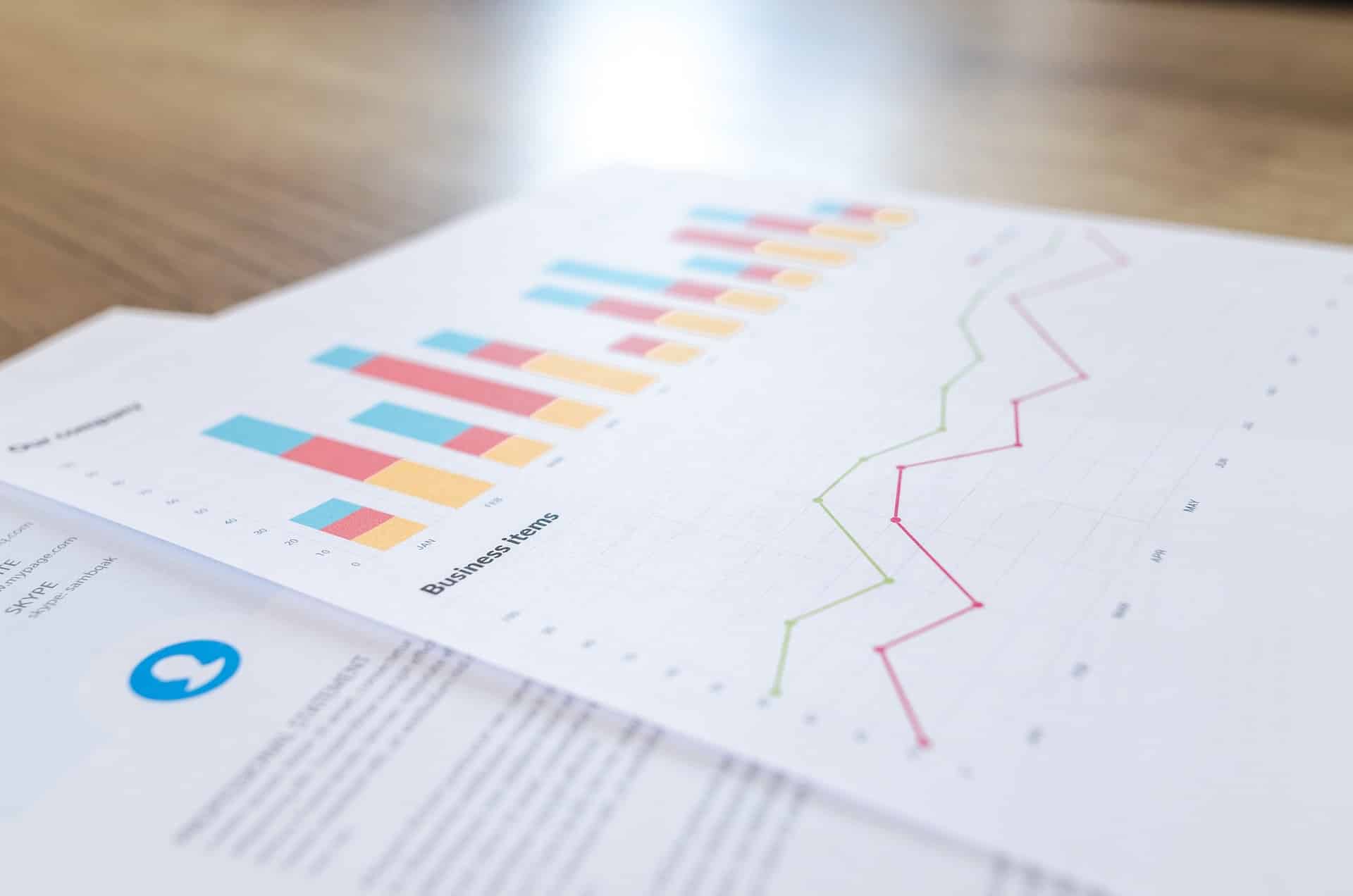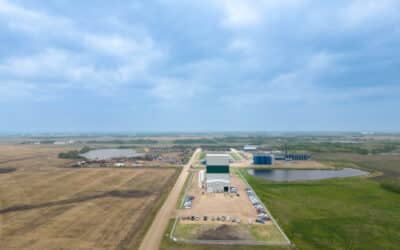With companies now publishing sustainability reports annually, you may wonder how these reports are put together.
The word sustainability is popping up everywhere these days it seems. Companies are constantly releasing information on how they plan to be more sustainable. These plans are mainly released in the forms of reports, and there’s now a whole industry focused on helping those reports to be made.
“Sustainability issues are so complex and intertwined. For example soil, water stewardship, carbon and the volume of potato a farmer can grow. All of those sustainability issues really overlap with each other — they’re all interconnected,” Emma Bedlington, manager at Stratos, said during a presentation at Manitoba Potato Production Days on Jan. 25, 2023.
Traditionally, companies have made annual reports, and in these reports they’ll outline their profits and losses. Recently though, these reports have started to include more external information that’s not directly related to financials, she added. Companies will now talk about some of their social programs, or their company governance — these are all environmental, social and governance issues and are called ESG.
“Previous to that it was known as corporate social responsibility, that social piece is useful to the governmental activity. But really, I want folks in the room to look at this as a very broad definition of sustainability and a way to articulate the benefits that farming brings to the community,” Bedlington explained.
Sustainability reporting has changed over the years. It used to be a place for companies to talk about all the good things they’re doing, but now these reports are seeing companies share when they aren’t reaching their goals. These reports are an opportunity for companies to engage with their investors and customers by explaining why this is happening and what they’re doing to get on the right track, Bedlington said.
To put together sustainability reports, companies turn to other companies who measure sustainability and write sustainability reports, such as Bedlington’s company. Some of these companies provide frameworks where they present guidelines for companies to follow for how to credibly report their sustainability information. There are other companies which will provide a report card assessing where the company is at for its sustainability goals.
There are some set frameworks companies work with for these reports. One of these is the GHG Protocol, a global framework defining what a good measurement of greenhouse gas emissions is. It classifies greenhouse gas emissions under three different scopes. The first is direct emissions which are the ones you can control. The next is indirect emissions which are any that come from your energy supply. The final is all other indirect emissions that are up and down your supply chain.
Scope three emissions are what the big companies are focusing for their emission reduction goals in their sustainability reports, Bedlington said. When a company sets a target to reduce their emissions X amount by X year these are the emissions they’re focusing on.
“There are a lot of competing organizations and frameworks that have different measurements of sustainability. And it’s been very confusing for companies to respond to,” Bedlington explained. “For farmers, you may see this in changing data requests. Maybe one year your customer asks for this data and the next year, they ask you something else. And next year, it’s slightly different. That’s why, they’re trying to respond to the varying frameworks.”
Overall, sustainability reports vary depending on the sector, but there is a movement to standardize them across sectors. This means that companies within specific sectors are starting to report on the same points. There’s work underway to make the reports standardized overall, Bedlington added.
In Canada, the government has started to add climate disclosures to the information organizations have to release publicly in their financial reports. As of 2022, all Crown corporations had to release this information, and in 2024 financial institutions will be required to. Bedlington is expecting that in the future this will eventually become mandatory for all companies. In the United States, there are similar proposed disclosure rules which will require companies to increase their disclosure on climate-related risks and opportunities.
Related Articles
Online Tool Helps Farmers Assess Sustainability Practices






